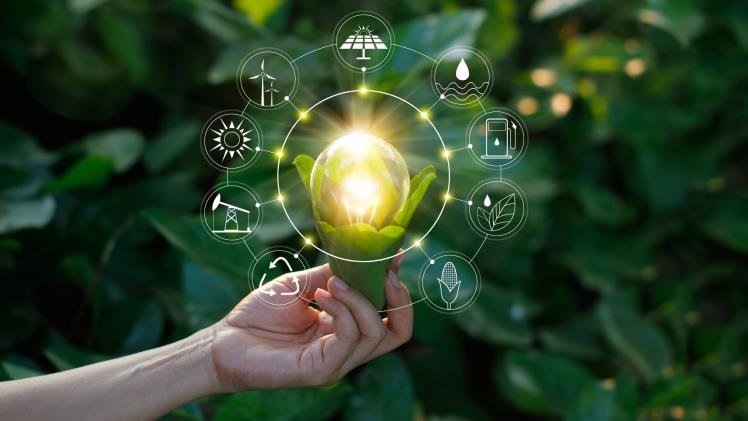
About Circular Economy
Sharing, refurbishing, reusing, repairing, leasing, and existing recycling resources and goods for as long as feasible are all critical to the circular economy model of production and consumption. Product longevity is increased in this way.
If you want to put it into reality, it means throwing away as little as possible. Once a product has reached the end of its useful life, its components are recycled inside the country. These have a high potential for incremental value creation thanks to their high durability and durability of use.
The Circularity encourages reusing and recycling resources as an alternative to the traditional take-make-dispose economic growth model. Those who support this economic model argue that it provides a realistic means to maximise sustainability without compromising either the company’s bottom line or the range of goods and services it offers. That is to say, rather than seeking to address the flaws of a linear economic model, a circular economy offers a structural shift that fundamentally alters the economic system.
Contrast technological cycles with biological ones.
The technical cycle and the biological cycle are treated differently in a Circularity.
Repeated developments in technology
Finite resources must be managed across technological cycles. Multiple economic cycles benefit from the extraction and utilisation of resources, which is achieved by bringing previously used components back into production.
Ecology’s Repetitive Patterns
Biological cycles think about how to best use renewable resources. Renewability is an inherent property of biologically based materials developed to be reintroduced into their natural environments. Only in the natural cycles does consumption occur in a circular economy.
Elements of the Circular Economy
Putting waste to good use
This concept represents the perpetual reuse of resources. No longer needed quantities of a material or product should be discarded as “waste” but integrated into a new cycle of production and consumption. Whenever two or more species coexist, the waste products of one will always become the food source for the other. Fruits and berries, for instance, are popular food sources for many birds. The birds carry the berry seed and act as fertilisers, allowing the plants to flourish.
Strength in variety: a foundation for resilience
One definition of resilience is the capacity to adapt to new circumstances without becoming stagnant. More species mean more nutrients and more protection for the whole ecosystem. Diverse systems are more robust. This idea may be seen at work in the natural world, perhaps most obviously in a forest or jungle ecology. An example of such an artificial system is a farm with many food production operations that all feed into one another.
New Energy Sources
Greater use should be made of renewable energy sources, including solar, wind, and tidal power. A plant needs sunshine to flourish in the wild. Renewable energy sources, rather than oil and gas, should be used in a human-made world.
A Systemic Approach to Thinking
According to this idea, efficient material and information transfers need cooperation among many participants, which is how the natural food chain works. Due to their intricate interdependencies, the extinction of a single species can have far-reaching consequences. There is a chance that Your actions will have unintended consequences in the artificial system.
The Circular Economy, as a whole, is based on the natural system, which appears to have functioned effectively for thousands of years. Although the four concepts mentioned above are straightforward, they need a thorough comprehension on the part of those involved.




